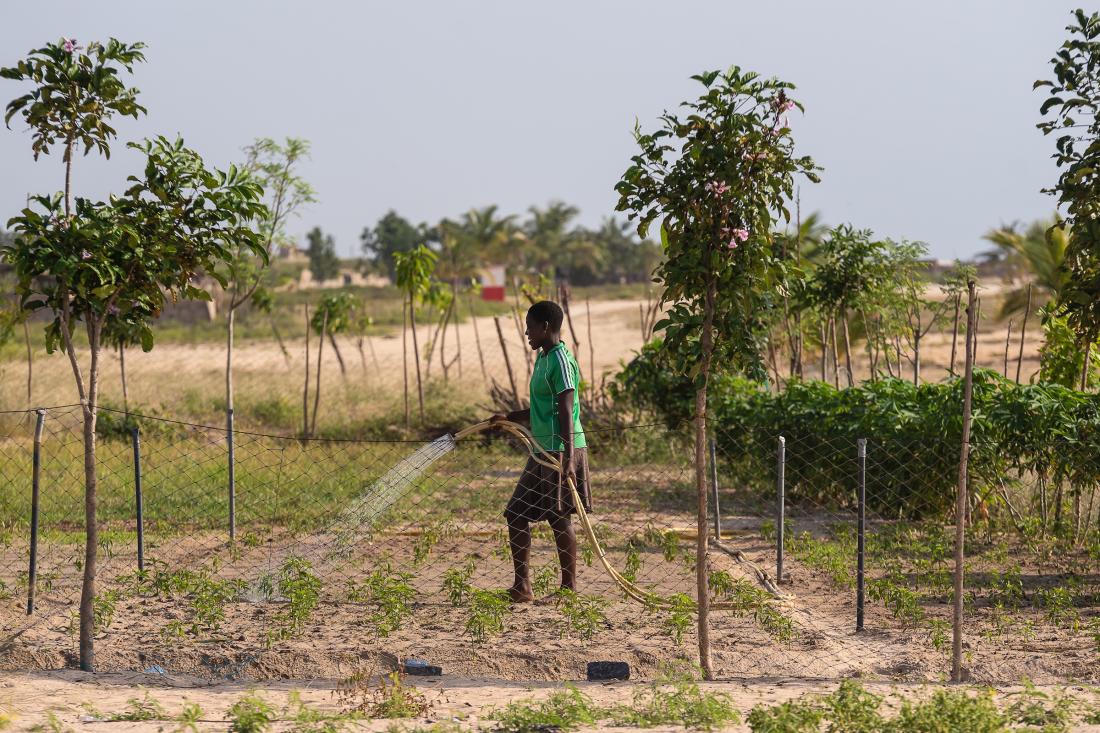Examining Underinvestment in Agriculture: Returns to Capital and Insurance Among Farmers in Ghana
- Farmers
- Earnings and income
- Technology adoption
- Cash transfers
- Fertilizer and agricultural inputs
- Insurance
- Risk mitigation
- Unconditional cash transfers
Policy issue
Managing business and personal finances can be an immense challenge for rural farmers, whose financial fortunes are frequently determined by forces such as weather and crop prices, which are beyond their control. Farmers who might increase their productivity and their incomes by making additional investments in profitable agricultural methods or tools may be wary of the potential riskiness of adopting such technology. Due to these uncontrollable risks, some farmers may be reluctant to take loans to finance seemingly profitable ideas for fear of not being able to repay. Other theories suggest that farmers may not make potentially productive investments because they may lack access to the initial capital to adopt these technologies in the first place.
Context of the evaluation
The climate of northern Ghana’s savannah region has a single short wet season, with high annual variability in rainfall. This kind of weather pattern, which creates great risk for farmers who depend on the weather for their livelihood, is common throughout the semi‐arid tropics of West Africa and is believed to be increasing as a result of climate change. Initial research for this study highlighted weather risk as the single greatest concern faced by farmers in the region. There is strong evidence that shocks in the amount of rainfall translate directly into consumption fluctuations for farmers. The extent to which risk of loss is deterring investment in potentially profitable agricultural technologies, however, has been little studied.

Details of the intervention
Researchers sought to investigate the role of risk in constraining farmer investment and technology adoption choices, and to evaluate its importance relative to constraints on credit. The 1,200 farmers were randomly allocated to be offered one of the following products: (1) a capital grant; (2) a rainfall insurance product for free; (3) a rainfall insurance product at various prices - ranging from highly subsidized to the commercial price; or (4) both rainfall insurance and capital. A further group of randomly-selected farmers received no offers, serving as the comparison group.
The capital grant was provided to selected farmers to coincide with each individual farmer’s requirements for purchasing inputs, and the innovative rainfall insurance policy aimed at providing some protection from drought or excess rain during the height of the farming season and was designed to be as simple as possible. Data was collected on a range of variables relating to households’ economic activities and well-being, including farming activities and production and households’ use of insurance, savings and credit facilities (both formal and informal). Surveys also include farm measurement and soil sample, and the evaluation design allows researchers to examine the impact of social mechanisms in building trust in and the understanding of a new financial product.
Results and policy lessons
Results forthcoming.
Prices have been converted to USD using the World Bank’s standard exchange rate from the year of the intervention and then inflated to 2014 USD.

